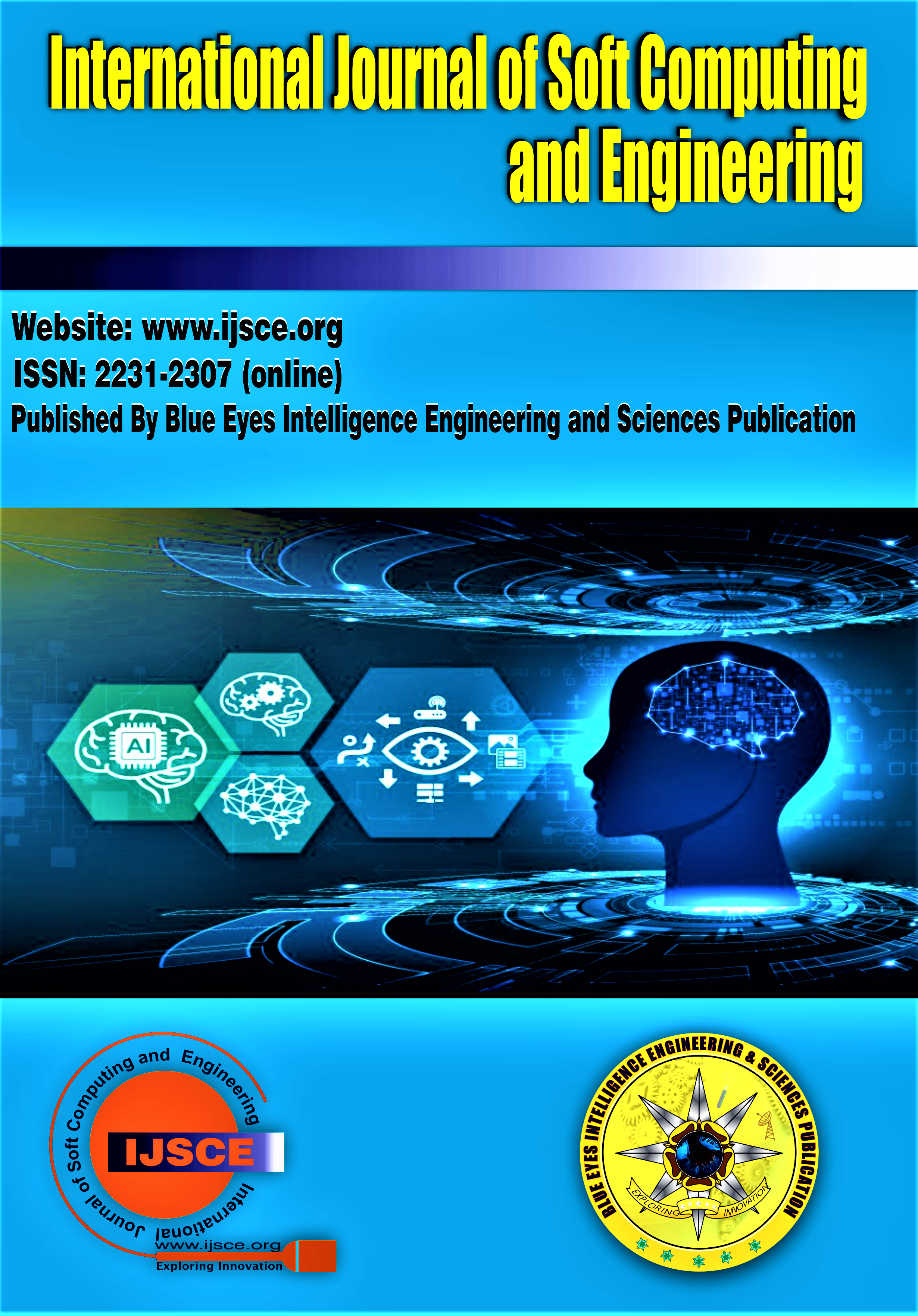Comparative Analysis of G+15 Building with and Without Lead-Bearing Rubber Base Isolators Using Etabs
Main Article Content
Abstract
The main principle of this project is to protect the buildings by constructing them as earthquake-resistant structures. Base Isolation is a flexible layer between the substructure and superstructure uncoupling the structure from damaging effects from ground motion to resist the vibrations in the structure. It is important to use high technology like base Isolation which protects the structure against extreme earthquakes without sacrificing the performance of the structure. The comparative study is conducted on a G+15 story building with and without Lead Rubber bearing in which IS 875:52015, IS 1893:2016 using the response spectrum method. Considering the maximum vertical reaction obtained from the fixed base is used to design base isolators the obtained stiffness is used in modeling by replacing the fixed base joins to base isolators in the buildings. Story displacement, Story drift, story, and Overturning moment shear are compared for both cases. In this case, we are using rubber base isolators for analyzing the structure using ETABS Software.
Downloads
Article Details
Section

This work is licensed under a Creative Commons Attribution-NonCommercial-NoDerivatives 4.0 International License.
How to Cite
References
IS 1893:2016 (Part-1) Criteria for earthquake-resistant design of structures.
IS 875:2015 (Part-3) Design Loads (other than Earthquake) for Buildings and Structures-code practice.
Stevenson D (1868). Notice of Aseismatic Arrangements adapted to Structures in Countries subject to Earthquake Shocks. Transaction of the Royal Scottish Society of Arts. 7, 557-566.
Mallet R (1862). Great Neapolitan Earthquake of 1857 – The First Principles of Observational Seismology. Chapman & Hall, London.
Swapnil Ambasta, Dushyant Sahu, G.P. Khare “Analysis of The Base Isolated Building (Lead Plug Bearing) in ETABS” (2018) (IRJET) volume:05 issue: 01
Priata R. Saha, Tahsin Reza Hossain “Design of RC Building with LRB Isolator as Paper BNBC 2020 Provisions” (ICCESD 2022), 10~12 February 2022, KUET, Khulna, Bangladesh (ISBN-978-984-35-1972-6)
B. Carpani “BASE ISOLATION FROM A HISTORICAL PERSPECTIVE” 16WCEE 2017
AMER HASSAN, AHMED SAEED “DESIGN OF LRB ISOLATORS FOR SEISMIC RESISTANT” Conference paper 2018
Akshay C.Umare, Priyanka D.Shirawadekar “Analysis and Design of G+10 Building by Injecting Base Isolator System in Structure using ETAB 2013 Software” (IJIRSET) Volume 9, Issue 8, August 2020
Shah Richa, Chetan Machhi Vishal Patel “Response Control of RC Frame Using LRB base Isolator for Seismic Load” IJSART - Volume 6 Issue 8 – AUGUST 2020
Ravi Kant, Wesam Al Agha, Mohindra SinghThakur, N Umamaheswari Impact of the Lead Rubber Base Isolators on Reinforced Concrete Building (ISCCE 2020) IOP Conf. Series: Materials Science and Engineering 1026 (2021) 012004 https://doi.org/10.1088/1757-899X/1026/1/012004
Vatsal Srivastava, Mr. Bilal Siddiqui, Dr. Omprakash Netula “A REVIEW ON EFFECT OF BASE ISOLATION ON BUILDING STRUCTURES” ISSN-1671-4512 2021
Aamir A. Mansuri, Vishal B. Patel, Chetan Machhi “Structural Control Using LRB in Irregular Building” (IJARSCT) Volume 7, Issue 1, July 2021 https://doi.org/10.48175/IJARSCT-1611
Poonam Mhatre, Sayli Mhatre, Ashwini P, Steffi Stephen “Earthquake Resistant Structure Using Base Isolation Technique” (IRJET) Volume: 08 Issue: 12 | Dec 2021
Dung, N. A., & Nguyen, Q. H. (2019). A New Experimental Manner to Determinate Design Parameters of High Damping Rubber Bearings. In International Journal of Innovative Technology and Exploring Engineering (Vol. 8, Issue 9, pp. 1293–1296). https://doi.org/10.35940/ijitee.i8208.078919
Devi S, S., M, N., & R, S. (2019). Experimental Behavior on Elastomeric Bearing on Bridge Structure. In International Journal of Recent Technology and Engineering (IJRTE) (Vol. 8, Issue 3, pp. 7856–7859). https://doi.org/10.35940/ijrte.c6547.098319
poh’sie, Dr. Eng. G. H., Guabiapsie, Eng. L. K. G., Nathou, Eng. G. L. D., Cardillo, Eng. G., & Majorana, Prof. C. (2021). Finite Element Method Analysis Applied to Different Foundations Structures Systems. In International Journal of Innovative Science and Modern Engineering (Vol. 7, Issue 3, pp. 18–24). https://doi.org/10.35940/ijisme.c1289.087321
A., A., Y., A., & M., A. (2020). A Mathematical Formulation for Frequency Spectrum in Cognitive Network. In International Journal of Soft Computing and Engineering (Vol. 10, Issue 1, pp. 14–21). https://doi.org/10.35940/ijsce.f3395.0710120
Balate, A. M., & Patil, H. R. M. (2020). Assessment of Response Reduction Factor of Flat Slab Structures by Pushover Analysis. In International Journal of Engineering and Advanced Technology (Vol. 9, Issue 6, pp. 157–163). https://doi.org/10.35940/ijeat.f1355.089620





